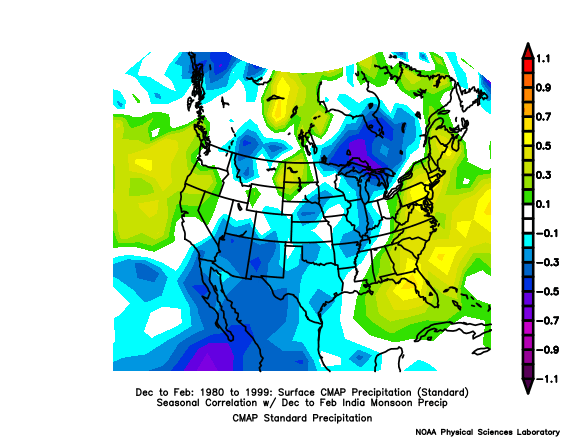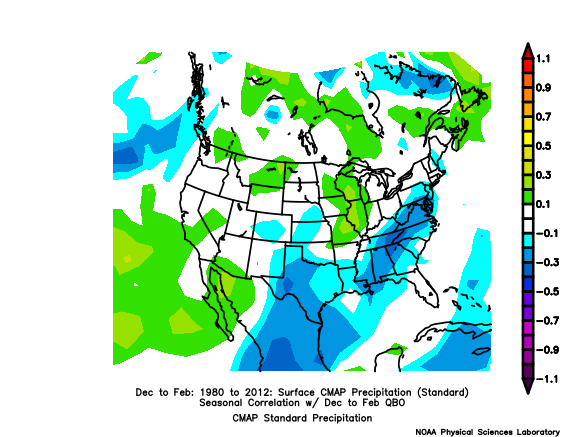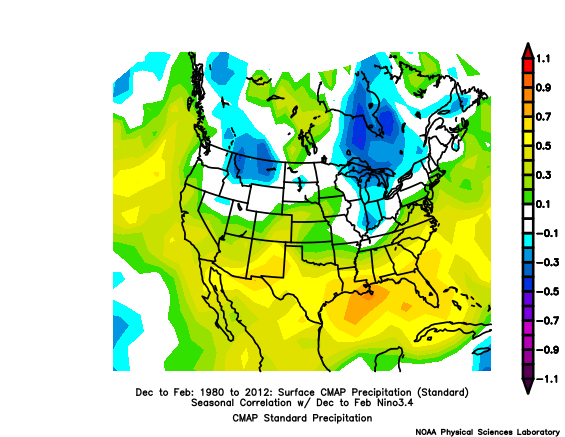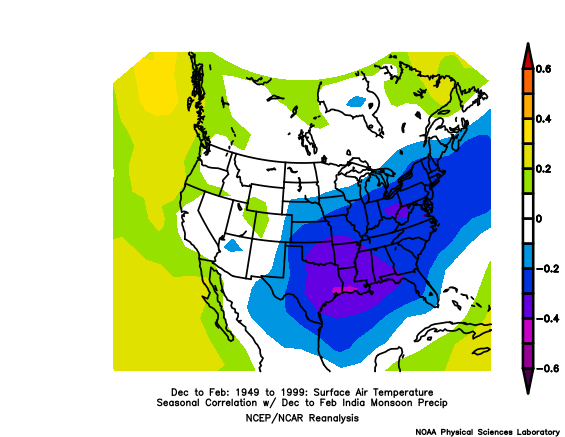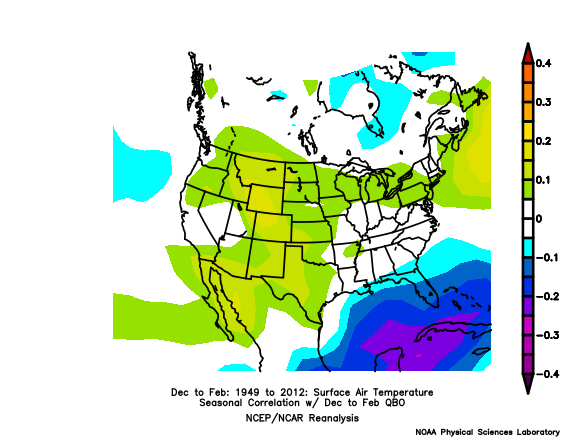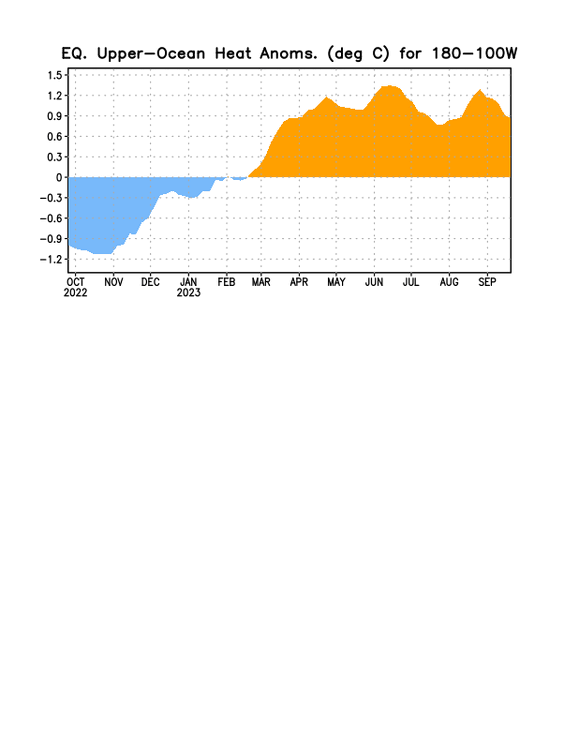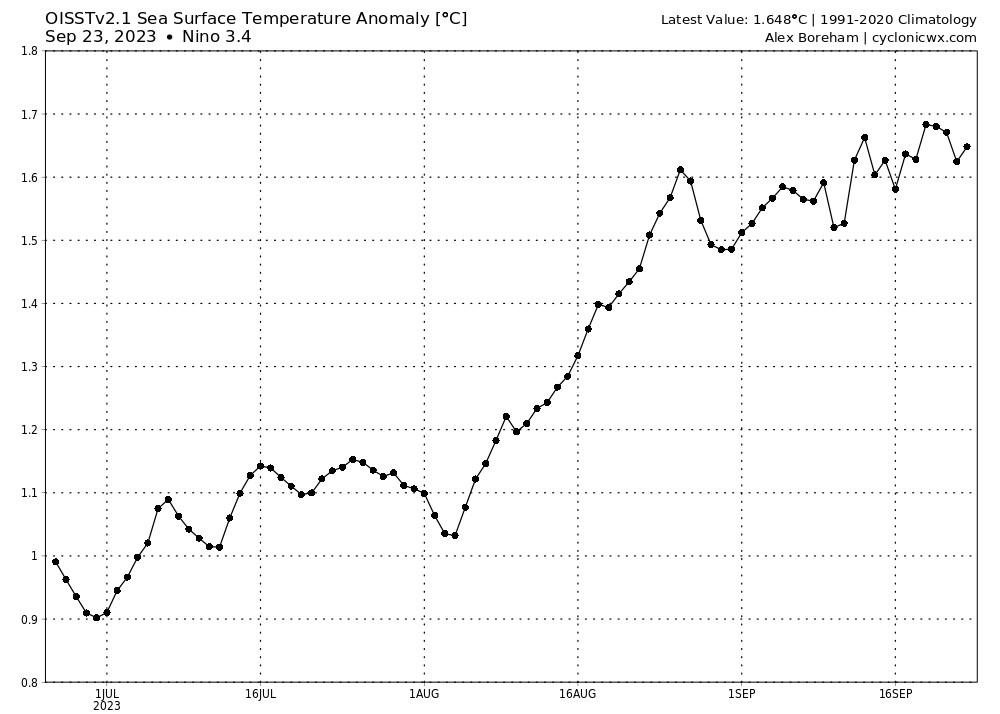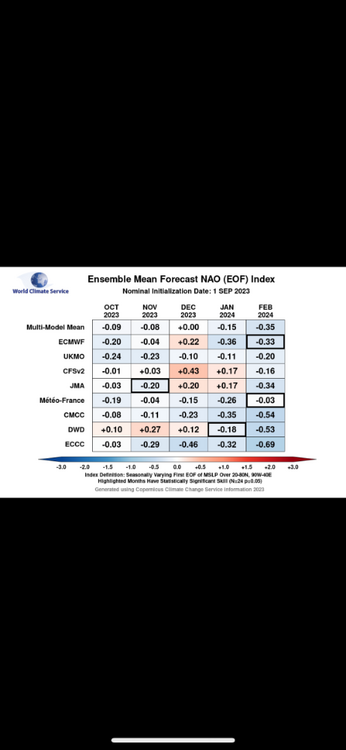
GaWx
Members-
Posts
17,434 -
Joined
Content Type
Profiles
Blogs
Forums
American Weather
Media Demo
Store
Gallery
Everything posted by GaWx
-
Do you think that the IOD being a dipole based index rather than a monopole based index (like the ONI) makes a difference?
-
I think these are fair points. For example, what about those who keep talking about the July of 2023 101 F buoy water temp (barely off S FL in very shallow water) as a legit “SST” when it really isn’t? Or immediately blaming AGW as the primary cause of the Maui fires as a knee-jerk reaction without strong evidence to support that or time to research it?
-
Yep. My first inclination is to extra carefully assess the objectivity or accuracy of anything intertwined with politics regardless of the party, side, etc, before accepting as factual. For example, I feel Joe Bastardi is highly guilty of letting a political agenda cloud the objectivity of his tweets when it comes to AGW. He’s not denying the existence of GW, but he is denying the extent that AGW is responsible for it. His bias may also be due to having energy clients.
-
Now that I decided to learn more about IOD thanks to you, I just noticed that this Ben Noll tweet has two questionable things. He said: “The IOD is in its positive phase, corresponding to warmer than average conditions in the eastern tropical Indian Ocean and cooler than average conditions in the west. With data in through August, only 1994 and 2019 had a stronger positive Indian Ocean Dipole signal than 2023.” ———————— 1. He must have meant to say the reverse (warm west not east and cool east not west). 2. He mentioned 1994 and 2019, but what about 1997? Per the table at the following link, it in November set the record strongest +IOD (this is an apples to apples comparison): https://psl.noaa.gov/gcos_wgsp/Timeseries/Data/dmi.had.long.data Ben’s tweet:
-
Some of what I’ve just learned about IOD index history: - Tends to be strongest during strong El Niño with peak a little earlier - Vast majority of months -IOD 1870-1960 with gradual decrease of -IOD domination since then, especially last 20 years - 1870-1913: only 3 years with consecutive -IOD months were during strong El Niños of 1877, 1896, and 1902. - Highest IOD month 1870-1960 was only +0.558 (1877) - But since then, there have been 22 months >+0.558 - Longest +IOD string of months 1870-1960 was only 5 months (Nino years 1877 and 1920) - 1961-2022: there were 18 of the 5+ month +IOD streaks - 1961-2022: longest +IOD streak 23 mos 2018-20 - Record high IOD: +1.279 (Nov of 1997) - Thus for whatever reason, the IOD has been rising over the last 100+ years and especially the last 20 years. I wonder if this is loosely related to the warming Maritime Continent. Is GW leading the W Indian Ocean to warm more quickly than the E Indian Ocean? If so, why? I’m using the table at the link below for IOD back to 1870. I see that there are other tables with different values and that the model predictions of a +1.4 to +1.75 peak in Oct don’t jibe with this table for whatever reason. Apparently, the model predictions are not calling for record highs. Check this out from BoM, which shows a +2 in Oct of 2019: http://www.bom.gov.au/climate/enso/indices.shtml?bookmark=iod The table I’m using has only +0.964 in Oct of 2019: https://psl.noaa.gov/gcos_wgsp/Timeseries/Data/dmi.had.long.data So, apples to oranges.
-
Regardless, I give @snowman19 100% credit for making me aware of its existence. And I’m just now realizing the significance of the new record high IOD levels he’s been mentioning.
-
I already thought that mainly based on El Niño along with some potential help from -qbo. But after just seeing the following map showing a moderate to strong correlation of Indian Monsoon precip with precip along the entire E coast, that wetter than normal should not only be further enhanced but it has a good shot at extending into much of the NE, especially closer to the coast (though caution advised because based on only 20 year period 1980-99, when strongest +IODs were during 1997, 1994, and 1982):
-
Correlation of QBO and precip: In E US: moderate -correlation (mainly 20-30%) centered on Appalachians, slight -correlation (10-20%) surrounding areas. So, upcoming -QBO would seem to moderately favor above avg precip especially those areas: Of course, the strong El Niño strongly favors wetter than normal especially along the SE and Gulf coasts and thus will be the main precip anomaly driver in the S US:
-
A +IOD correlates to increased Indian monsoon rainfall per this: https://www.studyiq.com/articles/indian-ocean-dipole/#:~:text=is IOD important%3F-,Ans.,break days (no rainfall). Based on transitivity when looking at the following image of the correlation of Indian monsoon precip and DJF E US temperatures, that tells me that there seems to be a moderate negative correlation (mainly -20% to -40%) of +IOD and E US winter temps. So, the upcoming +IOD would appear to moderately correlate with a colder E US winter, especially near the Gulf coast:
-
I have a lot of reservations about weighting the QBO too heavily to predict winter temperatures in the E US as correlations of QBO to temps are very low there:
-
Down here and in much of the SE, the correlation of -EPO to cold in DJF as a whole is smaller than that for -AO, -NAO, and +PNA.
-
There was strong blocking during DJF of 2014-5 as a whole but it wasn’t -AO or -NAO blocking as I assume you agree with and are referring to. For those who don’t know and as @bluewavealluded to, there was moderate to strong +PNA and -EPO blocking while there was also the exact opposite of blocking in the NAO and AO regions: PNA: +0.62 EPO: -73 (~-100 JF alone) AO: +0.8 (only 7 of the 90 days had sub -1.0) NAO: +1.66 (only 2 of the 90 days had sub -0.5)
-
I don’t know whether or not this is related to this thread’s idea of an offshore Mid-Atlantic formation within 4-7 days because it is further S, but I’m posting the 12Z UKMET just in case. The 12Z UKMET has a TC form just offshore the SE US on Thu (9/29) followed by very slow E movement for 3 days due to the blocking high sort of keeping it stuck: NEW TROPICAL CYCLONE FORECAST TO DEVELOP AFTER 102 HOURS FORECAST POSITION AT T+102 : 32.2N 78.8W LEAD CENTRAL MAXIMUM WIND VERIFYING TIME TIME POSITION PRESSURE (MB) SPEED (KNOTS) -------------- ---- -------- ------------- ------------- 0000UTC 29.09.2023 108 32.5N 77.1W 1011 29 1200UTC 29.09.2023 120 33.3N 76.6W 1010 29 0000UTC 30.09.2023 132 34.8N 75.0W 1010 32 1200UTC 30.09.2023 144 34.4N 74.1W 1009 36 0000UTC 01.10.2023 156 33.4N 73.4W 1007 34 1200UTC 01.10.2023 168 33.1N 72.4W 1005 34
-
Related to the ridge over troubled waters idea of low pressure forming to the S of NE US/SE Canada high pressure due to lower level convergence leading to rising air and thus LP forming, a good number of 12Z model runs have something within 4-7 days. If over warm enough waters like in this case, it can lead to TCG. The 12Z UKMET does this kind of thing just offshore the SE US on Thu (9/29) followed by very slow E movement for 3 days due to the blocking high sort of keeping it stuck. I don’t know whether or not this is directly related to the @wdragthread idea (thus I’ll probably post this there, too). But whether a system forms as he described it or something further S, a home brew (TC or STC) forming within a week or so just off the E coast seems likely to me: NEW TROPICAL CYCLONE FORECAST TO DEVELOP AFTER 102 HOURS FORECAST POSITION AT T+102 : 32.2N 78.8W LEAD CENTRAL MAXIMUM WIND VERIFYING TIME TIME POSITION PRESSURE (MB) SPEED (KNOTS) -------------- ---- -------- ------------- ------------- 0000UTC 29.09.2023 108 32.5N 77.1W 1011 29 1200UTC 29.09.2023 120 33.3N 76.6W 1010 29 0000UTC 30.09.2023 132 34.8N 75.0W 1010 32 1200UTC 30.09.2023 144 34.4N 74.1W 1009 36 0000UTC 01.10.2023 156 33.4N 73.4W 1007 34 1200UTC 01.10.2023 168 33.1N 72.4W 1005 34
-
-
Today we got an impressive 35th day in a row of a -SOI, which I assume is indicative of atmospheric El Niño coupling. It does appear that the streak will probably end within two days due to rising Tahiti pressures. To compare, the longest -SOI streak for either the 1998-9 through 2000-1 or the 2020-1 through 2022-3 triple La Niña events was only 11 days. The negative correlation of SOI with ONI is high.
-
I’m not sure why Andy says lower hts over GOM is opposite of ridge over troubled waters. Lower hts over GOM under high hts over NE US/SE Can: how is that opposite when it isn’t?
-
Sep is looking more like the sluggishly warming June/July rather than the sharp warming of Aug in 3.4. With Sep MTD ~+1.6 as of now, Sep will likely still come out ~0.3-0.35 warmer than Aug, but that’s because Aug started down at only +1.0 to +1.1.
-
This is continued risk of ridge over troubled waters pt 2 with model consensus suggesting higher than avg TCG chance either NW Car, E GOM or SW Atlantic late next week underneath strong high in SE Can/NE US. 5 of 31 12Z GEFS have strong TS to H.
-
The Atlantic has had only one TC move W or WNW west of 74W the season to date with none in sight as of now. This is consistent with the map you showed showing a weaker than average Bermuda high/WAR, common during El Niño. So despite the very active season in terms of ACE/# of storms, the tracks have been typical of El Niño.
-
Regardless of whether or not this becomes a hurricane and assuming no weakening, this is looking to be the strongest storm with a fully nontropical origin to hit the SE US since 2014’s Arthur.
-
Thanks. Why is the +1.8 F/century in the SE during winter being considered a “warming hole”? Isn’t that about the rate of GW?
-
Per this chart (thanks to @40/70 Benchmark for posting it elsewhere), the DJF NAO per the model mean is projected to be -0.17. Since I consider -0.25 to +0.25 neutral, this is telling me that the models are favoring a neutral NAO with a negative lean. Although I’ve already said I don’t think there will be a -NAO DJF due to there having been only 6 -NAO during the last 44 winters with one and with all 6 being when DJF sunspots were 33 or lower, a -0.17 is doable imo because of how I define -NAO. The model consensus is calling for a weak -NAO in Feb. with 6 of 9 having weak to moderate. 4 of 9 actually have a weak -NAO in Jan. I currently favor a -NAO in Feb.
-
Look no further than NYC for some big variability between adjacent winters just since 2010-1: 2010-1: 32.8 2011-12: 40.5 Change was 7.7F Even more impressive: 2014-5: 31.4 2015-6: 41 The change from 2014-5 to 2015-6 was 9.6F, which is the 4th largest change on record between adjacent winters back to 1869-70.
-
12Z UKMET, like the 12Z GFS and even the 12Z ICON to a lesser extent, has ridge over troubled waters part 2 in about a week: NEW TROPICAL CYCLONE FORECAST TO DEVELOP AFTER 150 HOURS FORECAST POSITION AT T+150 : 31.1N 80.8W LEAD CENTRAL MAXIMUM WIND VERIFYING TIME TIME POSITION PRESSURE (MB) SPEED (KNOTS) -------------- ---- -------- ------------- ------------- 0000UTC 29.09.2023 156 30.8N 80.4W 1005 34 1200UTC 29.09.2023 168 32.2N 78.1W 1005 30


